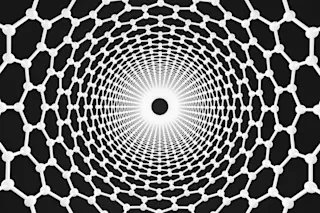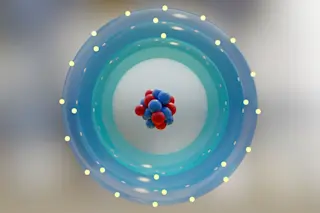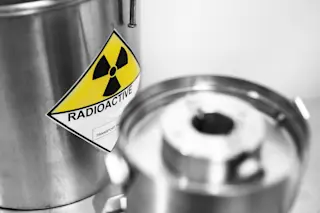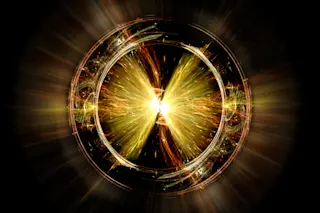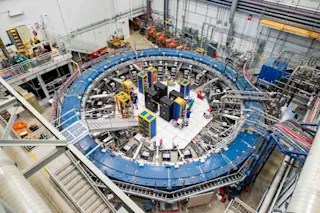The world’s biggest particle accelerator, the Large Hadron Collider (LHC), sits in a circular tunnel about one hundred meters beneath the Swiss French border near Geneva. It is huge—some 17 kilometers in circumference—and capable of accelerating sub-atomic particles to energies of 10^12 electronVolts (Tera eV or TeV), the highest ever achieved.
Constructed in the 1990s and switched on in the noughties, the LHC is getting old and physicists now want to smash particles together at even higher energies to see if anything new emerges from the wreckage. The problem is that these higher energies generally require longer tunnels to house bigger, more energy hungry accelerators, which are all difficult and expensive to build.
So physicists are looking for cheaper, smaller machines that can achieve higher energy in a tiny space and at a fraction of the cost.
Now Bifeng Lei at the University of Liverpool in the UK, and colleagues, ...


